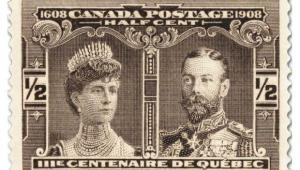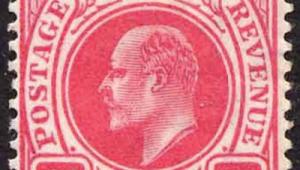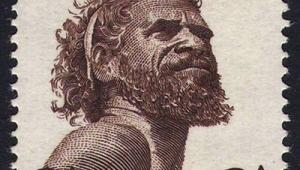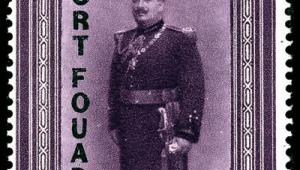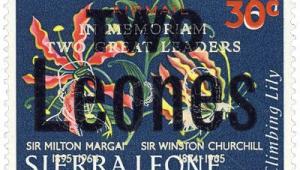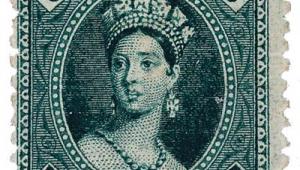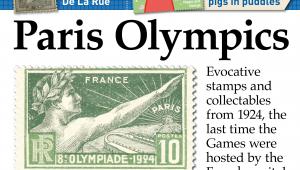Ionian Islands: off the wall
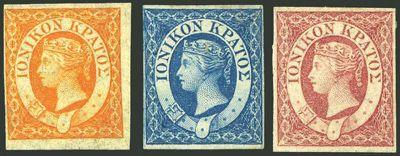
The Ionian Islands’ only set of stamps, issued in 1859, comprised the undenominated (½d) orange, (1d) blue and (2d) carmine
Today, the Ionian Islands are a magnet for tourism, inspired by films such as Captain Corelli’s Mandolin. But in the 19th century, this small archipelago off the west coast of Greece was thought of mainly as a strategic base for a naval fleet.
The islands had been passed from the Venetians to the French, to the Turks, to the Russians and back to the French again, before they were made a British protectorate in 1815.
The period of British influence would last for 50 years, and it was during that time, naturally, that a radical reform of the rudimentary postal system was accompanied by the issue of postage stamps.
Single-island and inter-island postal rates were required, as well as one that would cover mail to Greece, but there was some debate over which unit of currency should be used: the British penny, or the local obol?
For simplicity it was decided to avoid denominations altogether and merely code the rates by colour. Orange, blue and carmine stamps would be placed on sale at 1o, 2o and 4o (equivalent to 1/2d, 1d and 2d, respectively).
The London printers of Perkins, Bacon & Co were approached to produce the stamps, with Henry Corbould’s delicately drawn profile of Queen Victoria forming the central image, surrounded by an upright oval garter bearing the inscription ‘IONIKON KRATOS’ (Ionian State).
Perkins Bacon’s top engraver, Henry Jeens, was commissioned to produce the die for a fee of five guineas, and the printer subsequently charged £85 for a plate of 120 impressions and a watermark mould, provided the islands used redundant stocks of previously watermarked paper from another colony. Stamps were then printed at 9d per 1,000 sheets.
As there were no denominations, and only one die was required to make the plate, there are no varieties found in this issue, other than small shade differences.
Although the design was attractive, there is some evidence that production of the stamps was something of a rushed job.
The plate assembly was more casual than might be expected from such a prestigious printer, and the impressions are erratically located, with some stamps almost touching.
In addition, although perforation had been available for several years, Perkins Bacon was struggling with its machinery and the islands were fobbed off with imperforate printings.
Even the use of watermarks was eccentric. The (1/2d) lowest value, printed on hand-made paper, had none at all; the two higher values had numeral watermarks, curiously of ‘2’ in the case of the (1d) blue, and ‘1’ in the case of the (2d) carmine!
This reversal of logic might possibly be explained by the fact that Perkins Bacon were used to printing 1d values red and 2d values blue.
The Islands ordered 50,000 of each denomination, and they went on sale on June 15, 1859.
Their uptake was light, possibly because the locals were becoming disenchanted with British symbols of empire. Genuinely cancelled stamps are very scarce, so forged cancellations abound.
In 1862 King Otto of Greece was deposed, and the pro-British King George I was installed in his place. As a gesture of solidarity, Britain agreed to transfer the Ionian Islands to Greece, and by May 1864 Greek stamps had been adopted.
The copious remaining stocks of obsolete Ionian Islands stamps were eventually sold to the stamp trade, creating a glut on the market. Edward Nankivell, writing in 1902, recalled that they were so abundant in 1870 that one London dealer, as a publicity stunt, papered his shop window, walls and ceilings with them!
Perhaps his liberal usage of the stamps helped to create the more attractive catalogue prices they enjoy today?
